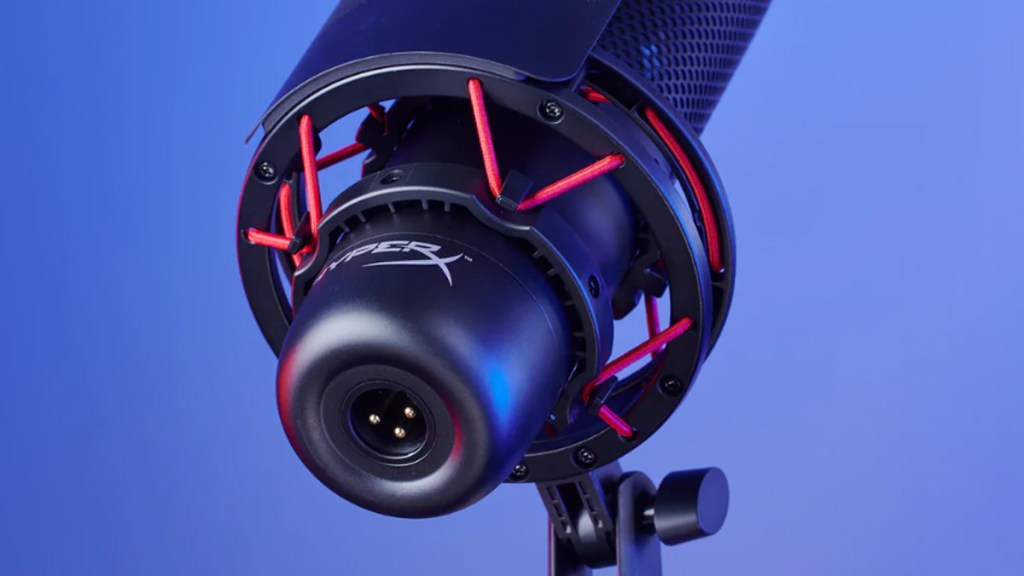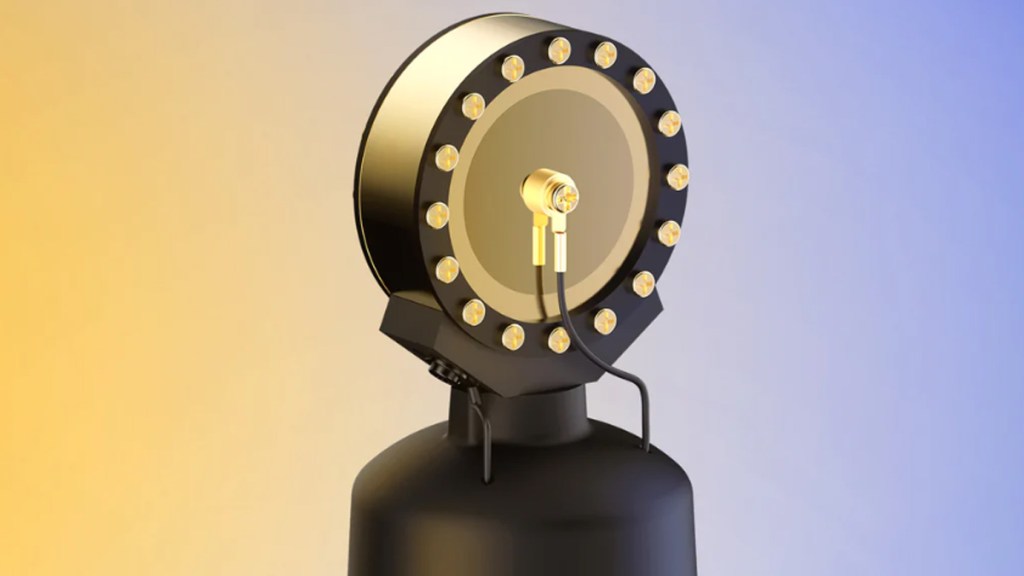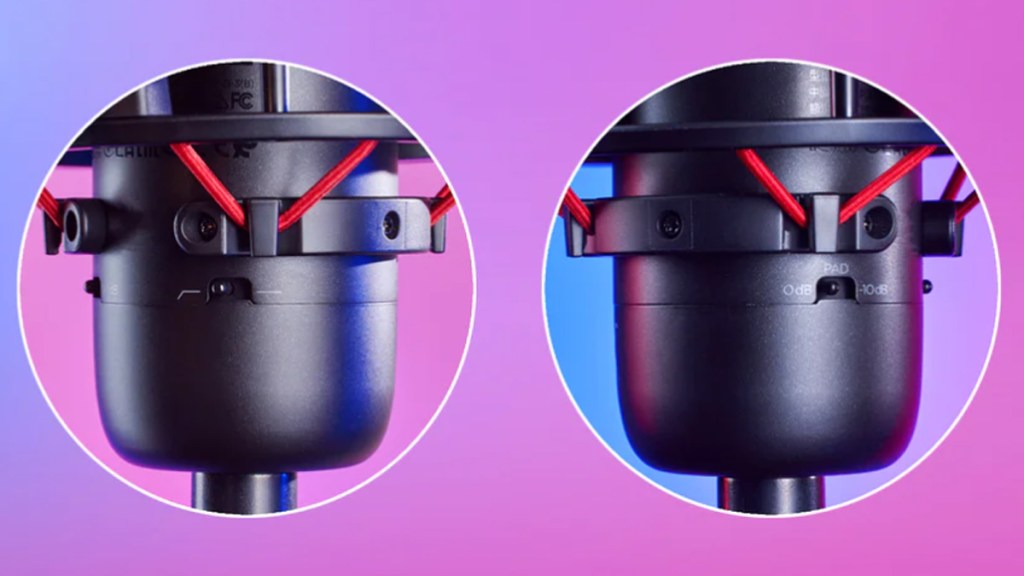The HyperX ProCast is the peripheral king’s first foray into the world of XLR microphones. After delivering exceptional USB microphones, particularly the QuadCast S, I was eager to get my hands on the XLR ProCast. Now, after testing it for over a month, I’m ready to give my verdict.
Welcome to XLR

HyperX has always been generous when it comes to included accessories and goodies. With the ProCast, buyers get an accompanying shock mount and removable pop filter. However, there’s no stand or included cable, which may come as a shock to those new to the world of XLR mics.
I was initially surprised by the size and weight of the ProCast. It’s a big mic, comparable to the QuadCast S, but it’s quite light. This makes it an easier load to bear for boom arms, especially the cheaper options. The black and red color scheme feels a little outdated, but it’s HyperX’s brand colors, so I can understand it. I would have preferred all black, though.
Other requirements

In addition to a stand/boom arm and cable, ProCast owners will also need an audio interface. I initially paired my ProCast sample with a GoXLR, before swapping it out for the new RodeCaster II. Any decent audio interface will work, so long as it can provide around 35 dB of clean gain, as well as Phantom Power.
As a condenser microphone, the ProCast is more sensitive when compared to dynamic mics. This can be both a blessing and a curse. Condensers are generally great at picking up the more nuanced features of a voice, adding an extra layer of quality that dynamics struggle with. On the other hand, condensers usually demand a better-treated space to kill any reverberations or room noise.
HyperX ProCast audio sample
As you might hear in the video embedded above, my initial testing of the ProCast had me trying to remove a humming noise. I eventually solved this by reorganizing the cables situated behind my PC. A power cable had fallen on top of the XLR cable, introducing that noise. This solved my issue completely, meaning the noise gate could be more subtle.
I’ve been impressed with the quality of sound captured by the ProCast. It reacts well to EQ and compression, though the stock sound is also pretty good. The included high pass filter button is a nice touch and will help tame any boominess from those speaking closely into the mic. The -10 dB PAD switch is less useful for me, but those recording high-volume audio will find some benefit in it, I’m sure.
That price tag

My main issue with the ProCast is the pricing. At $249.99, it is by no means cheap. Making matters worse is the existence of the frequently discounted QuadCast S. HyperX isn’t doing itself any favors by putting such a good USB microphone on offer all of the time. Yes, it’s USB, but it manages to capture incredible sound.
Despite how in love I am with the QuadCast S, I can still admit the advantages of the ProCast and its XLR connection. Being able to pair the mic with an audio interface, processor, and other accessories is huge when it comes to stepping up the audio game. However, those added extras also come at a cost, meaning $250 is just the starting point for a ProCast setup.
Final Verdict
The HyperX ProCast is a great XLR microphone. It’s capable of capturing high-quality sound and benefits from additional hardware laying on EQ and compression. However, it has a steep price that looks a little silly next to HyperX’s impressively-cheap USB mics. If you’re a diehard HyperX fan who is diving into the world of XLR, then the ProCast isn’t a bad choice, but it’s definitely not the best choice, either!
Positives and Negatives
-
Great sound quality which can be enhanced with external devices.
-
Included shock mount and pop filter is great to see.
-
High Pass Filter and PAD switches.
-
Good-looking microphone, though the red accent color may put some off.
-
No stand or cable included in the box.
-
High launch price.
-
Large size.







